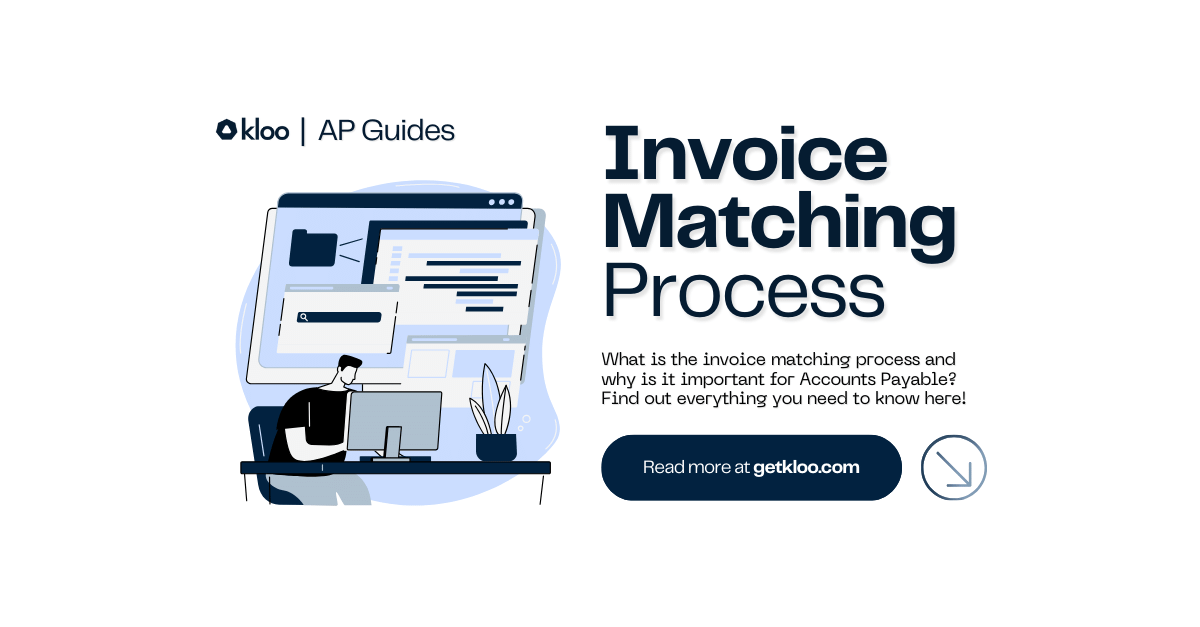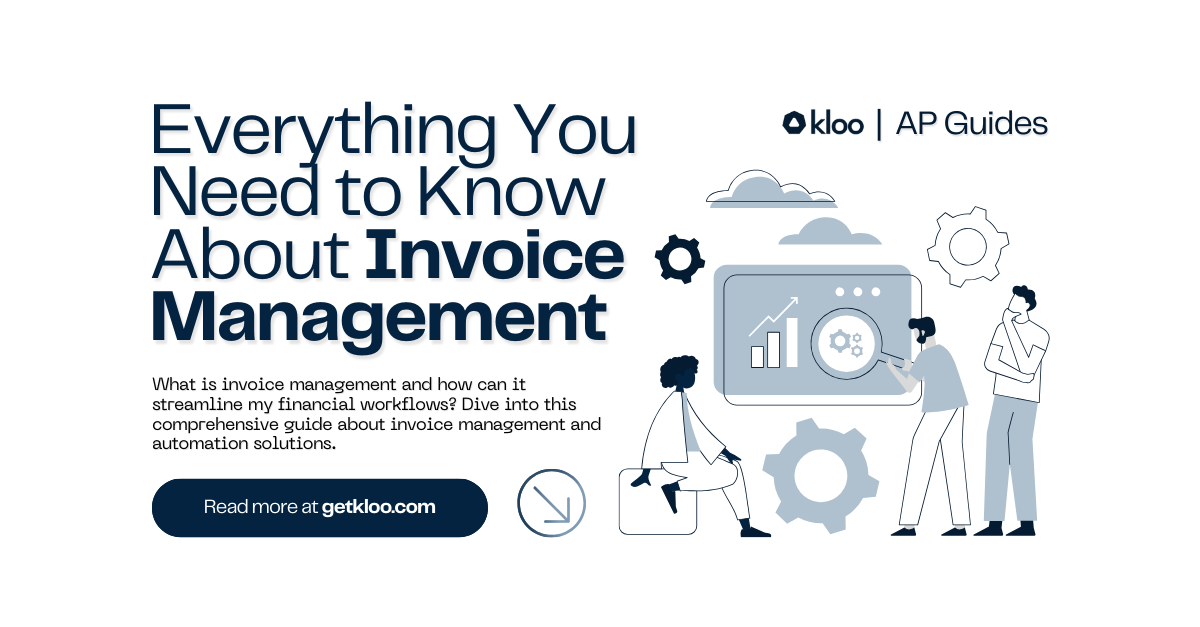
Everything You Need to Know about the Invoice Matching Process

The invoice matching process is a crucial step of Accounts Payable that involves verifying that invoices align with corresponding purchase orders and receiving reports before payment is approved. Discover why it's important, its similarities to purchase order matching, and how advanced technologies like OCR and AI are enabling invoice automation, ensuring error-free and streamlined invoice management.
What is the Invoice Matching Process?
The invoice matching process is a crucial component of Accounts Payable (AP) operations, ensuring that all incoming invoices are validated against corresponding purchase orders (POs) and receiving reports before payment is approved. This process typically involves comparing the details of an invoice—such as item descriptions, quantities, prices, and total amounts—against the original PO and the goods received note. This meticulous cross-reference of documents and payments means invoice matching also reinforces supplier relationships by ensuring timely and correct payments.
PO Matching vs. Invoice Matching: What's the Difference?
PO matching and invoice matching are often used interchangeably, but they refer to distinct processes within the AP function. PO matching specifically involves comparing the purchase order details with the supplier's invoice to ensure consistency in terms of quantities, prices, and terms agreed upon at the time of order placement. On the other hand, invoice matching extends beyond PO matching by also including the receiving report in the comparison.
This three-way match (invoice, PO, and receiving report) confirms that the goods or services billed for were actually received and in the agreed-upon condition. While PO matching primarily focuses on validating the financial aspects of a transaction, invoice matching provides a more comprehensive verification by incorporating the physical receipt of goods or services, thus offering a higher level of accuracy and fraud prevention.
There are two primary types of invoice matching:
- Two-way matching compares the invoice to the PO to ensure that the quantities, price, and terms agreed upon match those billed.
- Three-way matching adds another layer by also comparing these documents to the receiving report, confirming that the goods or services were received as intended before the invoice is approved for payment.
To learn more about the differences and compare each method, check out our comprehensive guide on 2- and 3-way matching.
Why is Invoice Matching Important?
The invoice matching process is essential for several reasons:
- Firstly, it helps prevent fraud by ensuring that only valid and accurate invoices are paid. This is particularly important in large organisations with numerous suppliers and high transaction volumes, where the risk of fraudulent invoices is significant.
- Secondly, invoice matching reduces errors by catching discrepancies between the invoice, PO, and receiving report. These discrepancies might include incorrect quantities, prices, or even the receipt of unordered items. By identifying and resolving these issues before payment, companies can avoid overpayments and maintain better control over their expenditures.
- Additionally, effective invoice matching enhances compliance with regulatory requirements and internal policies, ensuring that financial records are accurate and audit-ready.
- Ultimately, robust invoice matching processes lead to improved financial accuracy, reduced costs, and strengthened vendor trust.
How Automation Transforms the Invoice Matching Process
Automation is revolutionising the invoice matching process by significantly enhancing its speed, accuracy, and efficiency for finance teams. Here are the key ways automation is transforming this crucial aspect of Accounts Payable:
- Workflow Assignment: Automation routes invoices to the appropriate team or department for approval based on pre-set rules, automating the approval workflow process and reducing bottlenecks.
-
Data extraction with OCR technology: Optical character recognition (OCR) and AI work in conjunction to automatically capture data from invoices, purchase orders, and receiving reports, reducing manual data entry and associated errors.
-
Automatic categorisation: AI can auto-categorise invoices and related documents, ensuring that each item is correctly identified and processed without manual intervention.
-
Context-powered matching: AI matches invoices to corresponding purchase orders and receipts, even handling discrepancies such as variations in supplier names or item descriptions, reducing errors and mismatches.
-
AI and machine learning algorithms: AI employs advanced algorithms to analyse and interpret invoice data, identifying patterns and discrepancies with greater accuracy than manual processes.
-
Real-time discrepancy detection: AI-driven systems can flag inconsistencies and potential errors in real-time, enabling quicker resolution and preventing payment delays.
Automated invoice management tools like Kloo’s Smart Invoice Inbox exemplifies these benefits by offering features like automatic categorisation, context-powered matching, and workflow assignment, ensuring a more efficient and error-free AP operation.
The Bottom Line
The invoice matching process plays a vital role in the financial health and operational efficacy of modern businesses. Automating the PO matching process not only enhances these aspects but also positions companies for better financial management and growth. By leveraging automation, businesses can streamline their invoice matching process, reducing errors and improving efficiency. Embrace these advanced technologies to enhance your Accounts Payable operations and secure financial accuracy.
To learn more about Kloo's product offering for invoice matching, check out our product page.
Let's get started

